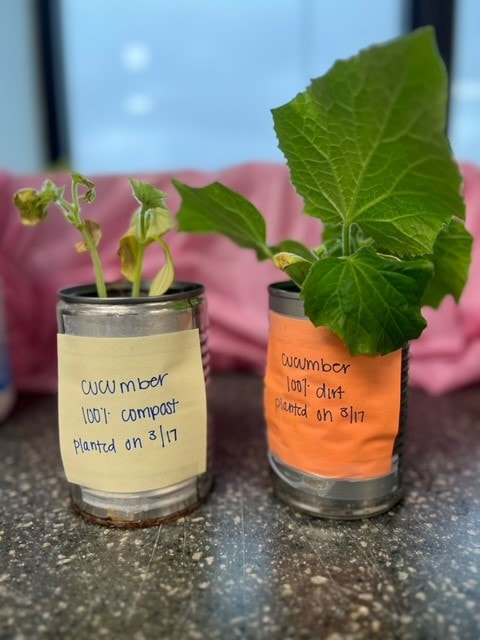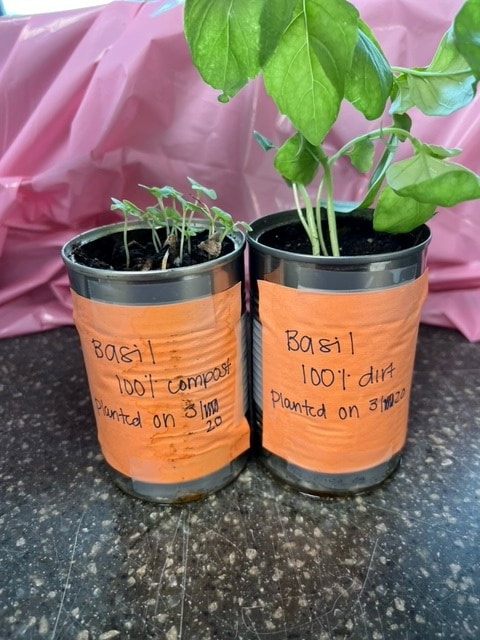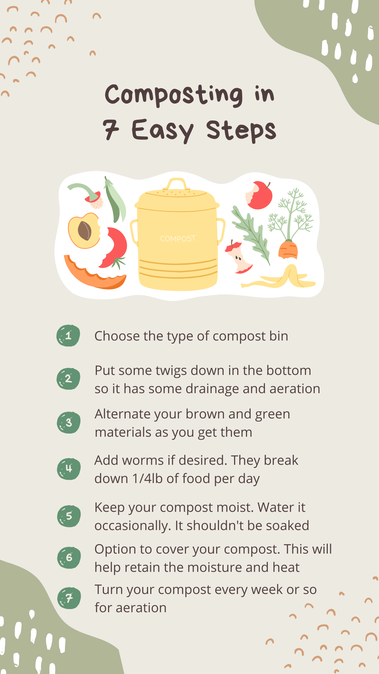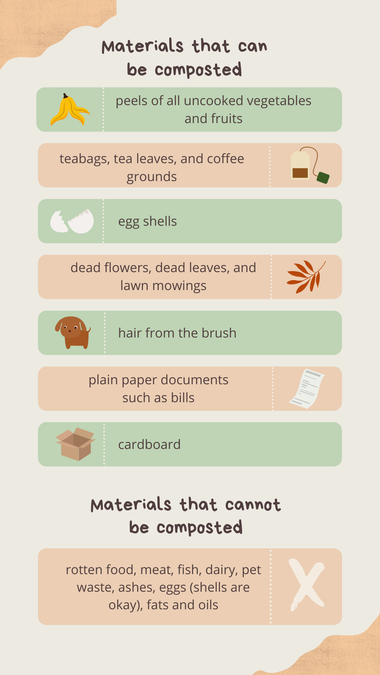As of April 2024, the Solid Waste Division is still advising that customers do not use these compost products (including wood chips) in areas where broad leaf plants will be grown. This include common garden plants, ornamental plants, trees, and flowers. It does work perfectly fine with grass, lawns, and turf! It is used in construction projects all of the time.
Click here if you'd like to read the advisory.
Below are some comparisons between plants that were grown in compost and plants that were grown in potting soil.
Both plants got the same amount of sunlight and water.
Click here if you'd like to read the advisory.
Below are some comparisons between plants that were grown in compost and plants that were grown in potting soil.
Both plants got the same amount of sunlight and water.
How To Grow is a local company specializing in soil rejuvenation.
There are products available that break down pesticides and herbicides in compost.
This could be an option as you are trying to decide what to do for your garden.
For more information, head to their website.
There are products available that break down pesticides and herbicides in compost.
This could be an option as you are trying to decide what to do for your garden.
For more information, head to their website.
|
Compost is a soil additive to create a nutrient rich environment for multiple types of gardening and landscaping. Compost mixtures are appropriate for food and flower gardens as well as lawns, bushes, trees and more.
The following products are available at the landfill: • 3/8" yard waste compost - $20/ton • 3/4" yard waste compost - $15/ton • Wood chips - $10/ton Compost can be picked up at the landfill Monday through Saturday, 7am - 4pm. Products are sold by weight, there is no minimum purchase required. To purchase, customers simply pull onto the scale and request what they would like. Loading assistance is available if needed. Acceptable payment methods are cash, credit card, or local check. |
|
You can perform at At Home Bioassay to check your soil.
- First, take a number of random representative samples from throughout the pile of compost. Be sure to get deep inside the pile and mix thoroughly. If there are separate sources of compost, conduct individual assays for each.
- Prepare three to six small (4 to 5 inch) pots with a 1:1 mix of the compost with commercial potting mix containing fertilizer. Additionally, prepare three to six pots with only the commercial potting mix. Place saucers underneath each pot, or position the pots far enough apart to prevent water running out of the bottom from reaching another pot.
- Plant three pea or bean seeds in each pot, water, and let them grow two or three weeks. There should be at least three sets of true leaves on the peas or beans.
Curious how to make your own compost?
You can have a compost pile that is covered in some type of container or an uncovered pile. A covered pile will just help retain heat and moisture a little better when you are first getting your pile going!









